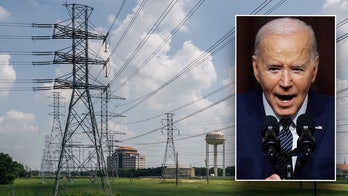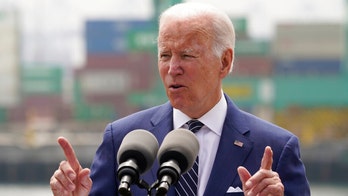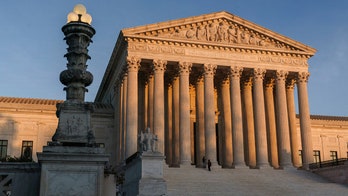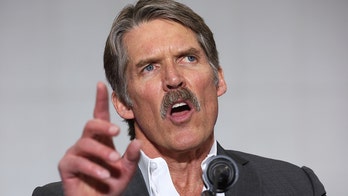Congress is supposed to be taking a knife to the federal budget.
But when it comes to new military equipment, they've traded their knife for a spoon -- tossing in scoops of cash that the Pentagon hasn't even requested.
The latest example comes with the House approving more than $500 million for eight passenger jets, when the Air Force only asked for four.
In the 2010 defense spending bill, the Air Force originally requested money for one C-37 and three C-40s as part of its effort to replace its aging fleet. But the House Appropriations Committee added an extra $132 million for two more C-37s and $200 million for two more C-40s, according to an aide to the panel.
The aide, who asked not to be identified, said the decision was made in order to speed up the replacement process which was already underway, and that the move could save money in the long run.
"You've got an aging fleet," the aide said. "It costs more to fly aging planes that are unreliable. It's the same reason you update anything."
Though Roll Call reported Wednesday that two of the C-37s are to be assigned to units that routinely transport government officials and members of Congress, the aide disputed the notion that Congress was just awarding itself an upgrade, saying both types of jets can be used for "many purposes" including transport of military personnel and officials -- not just elected officials.
"It's not like there's two planes assigned for flying members of Congress around," the aide said. "It's not like Congress is buying Congress planes here."
But when asked about the addition, Pentagon spokesman Geoff Morrell said the military generally frowns upon any appropriations that are above and beyond what is asked for.
"We ask for what we need and only what we need," he said.
He said when the military is funded above the requested level for any project, it generally comes at the expense of some other item in the budget. He said Defense Secretary Robert Gates is more focused, though, on making sure other more "big-ticket" items do not get over-funded.
Tom Fitton, president of the watchdog group Judicial Watch, said members of Congress are abusing the military by using their jets too often for travel. He said that except for trips to war zones, members should fly commercial and expense it. He surmised the latest funding for more jets reflects members' personal interest in being able to fly in style.
"Congress wants to be ferried around as if they're kings and queens and they want to do it on taxpayer dime," he said.
The act of unrequested generosity toward the Air Force came as the House foisted several other acquisitions onto the military that the Pentagon said it didn't want.
Though lawmakers killed additional funding for the F-22 fighter jet -- at President Obama's request -- they kept in funding for unrequested C-17 cargo jets, a controversial new presidential helicopter fleet and an alternative engine for the F-35 Joint Strike Fighter. They did cut funding in other areas.
Ellis Brachman, spokesman for the House Appropriations Committee, said budgeting for such items is part of Congress' "normal oversight responsibility" to make sure the military has everything it needs.
"If Congress just rubber-stamped the Defense Department's budget request every year, we would not have Predator aircraft today and our troops would not have the body armor they need," he said.
The C-37 is the military version of the Gulfstream G550.
The company Web site boasts that with its "long legs," the aircraft "easily links" from Washington, D.C., to cities like Dubai, Singapore and Tokyo. The site says the cabin combines "productivity with exceptional comfort," has three temperature zones and has many communications features -- including a fax machine, a printer, a wireless network and satellite communications.
The House aide said those "long legs" are important, since the aircraft that the C-37 will eventually replace did not have the stamina for long journeys.
"They have to do repeated stops for refueling and other activities," the aide said.
The Air Force originally asked for $66 million for one C-37, and $154 million to cover the cost of buying one C-40 and purchasing two other leased C-40s.
The White House did not respond to a request for comment on the additional funding for the aircraft.
FOXNews.com's Judson Berger contributed to this report.




